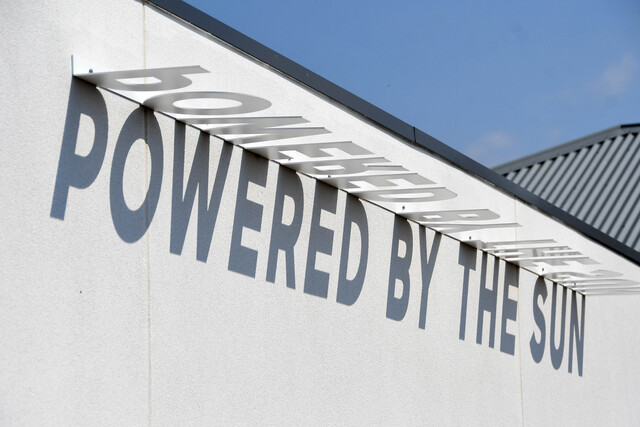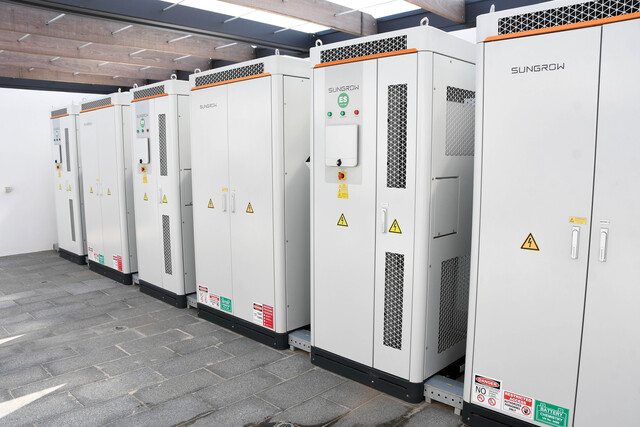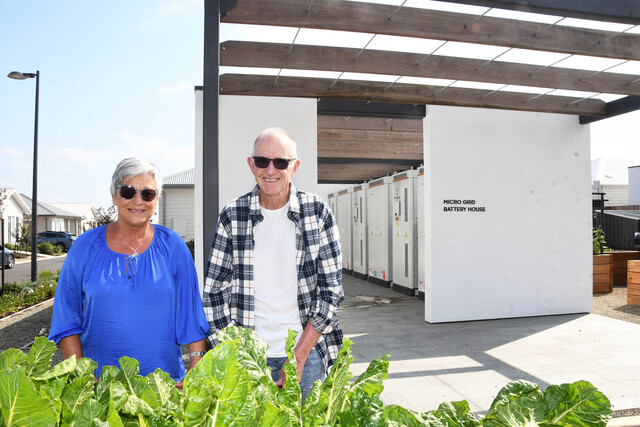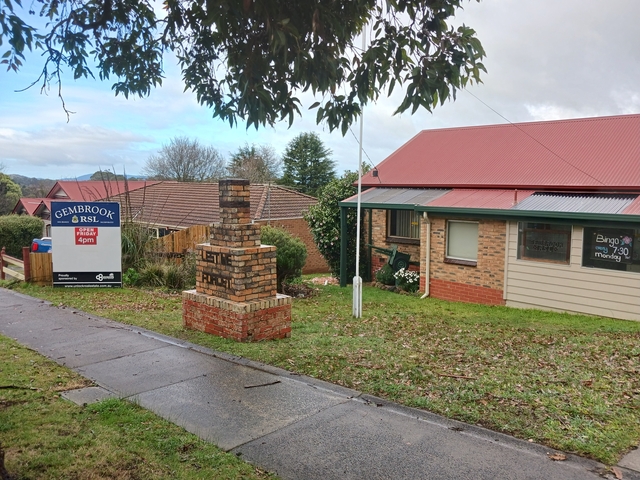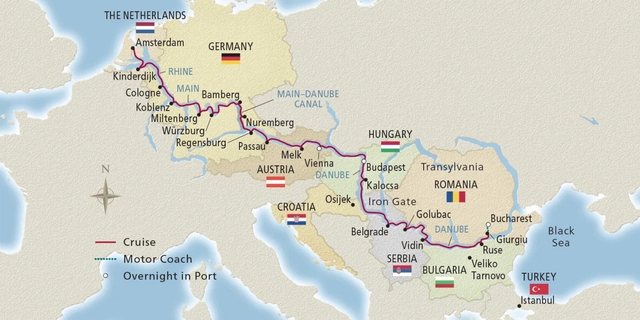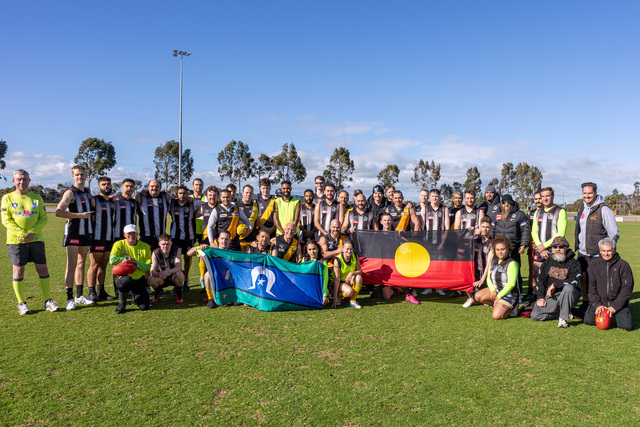A futuristic semi-open piece of impressive architecture is tucked away in the quiet neighbourhood of Lifestyle Meridian in Clyde North.
The white front wall says it is a microgrid and battery house. Inside the structure, a lineup of contained batteries stands on one side and faces two digital screens installed on the opposite wall: a monitoring dashboard for the homeowners to see how much energy they are saving and an educational cartoon for kids from the surrounding schools to learn how the microgrid works.
Innovative solar energy and battery microgrids are emerging as a certainty to save homeowners in the lifestyle community up to 30 per cent on electricity bills, a comfort when power bills bite.
The innovation has been the largest of its kind in a residential community in Australia, a partnership with renewable energy solution provider Mondo that started almost two years ago.
“It’s a renewable energy microgrid that has turned this community into a self-serving virtual power plant that meets a large portion of its own energy needs,” Mondo business and market development manager Max Karmali explained.
“We’ve distributed the rooftop solar systems across the community on a selected number of roofs. Then our energy management technology Ubi connected these rooftop solar systems to a centralised commercial battery for energy monitoring and reducing the energy import from the national grid.
“The more energy you generate, and you use at your own sites, then the less energy you need to use from the national grid. Therefore, it reduces the cost of electricity for the homeowners.”
Clean, low-cost energy is generated from 6-kilowatt solar panels placed on every third home acting as nodes in the grid network. The microgrid will, it is estimated, reduce emissions by roughly 600 tonnes every year. That’s the equivalent of filling 120 hot air balloons.
A number of parameters were considered when the crew installed the solar panels such as sunshine, the development pipeline, and the orientation of the houses.
More north-facing and west-facing roofs were used to capture more sunshine throughout the year.
“Every solar system has now been installed. We are connecting more and more grids to the batteries. I think we are close to 90 per cent of the grids connected. And more benefits will flow through,” Max said.
Homeowner Gemma Brown is one of the many who loves such renewable innovation.
“It’s not necessarily just about the cost savings upfront, but it’s also about what it does for the way of living,” she said.
“It’s the way of the future.
“You could also bring young children in and show them this and show them how sustainability is important for the environment.”
Lifestyle Meridian construction manager Jennifer De Baize believes the whole idea of a microgrid system is making the place a sustainable community.
“We want to reduce the cost for our homeowners so that it is a much more affordable way of living for them as well, but then we would also be able to divert that energy out as a sustainable company,” she said.
The key uniqueness of the project was that there had been lots of applications of solar panels, but the use of battery was what differentiated the experiment in the lifestyle community.
“Other people would just use the solar and that’s it. But this is the first and largest of its kind with solar and battery microgrids in a land lease community,” Max said.
“The design that we have put is quite unique in the country.
“We’re very proud of this system. It’s such a great service.
“Everyone can benefit from this locally generated energy, locally stored energy, and locally used energy.”


